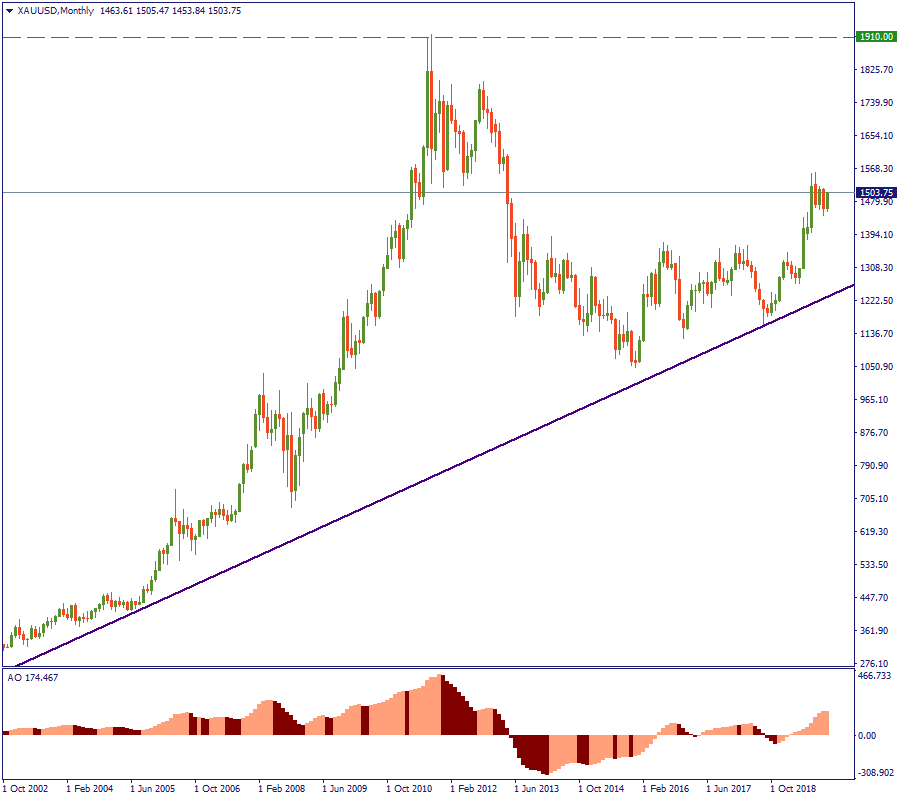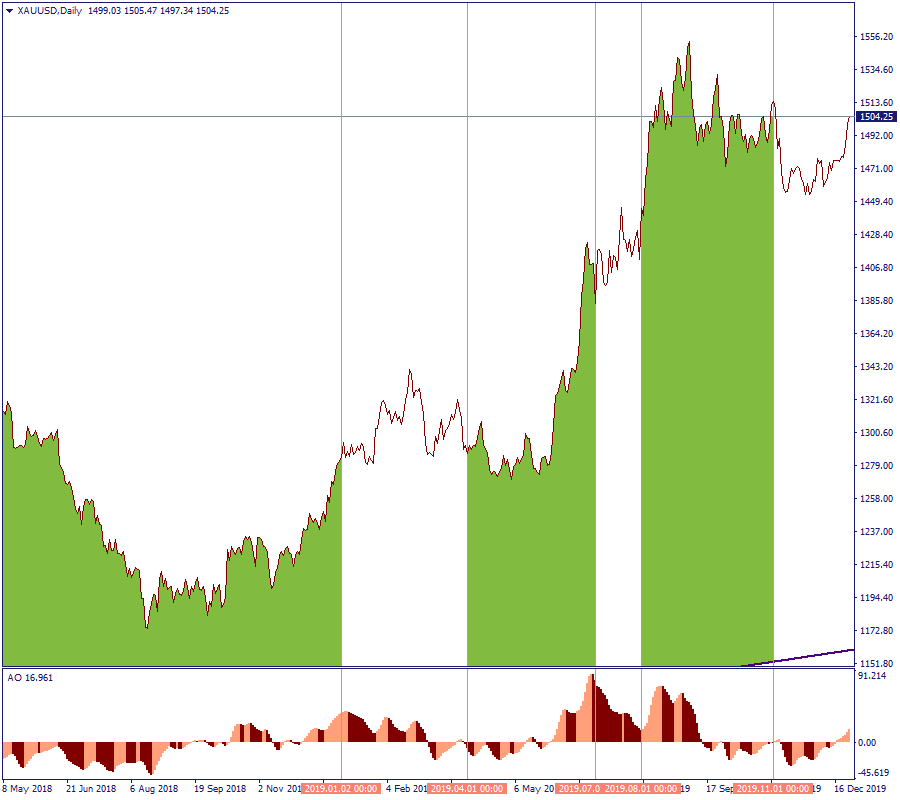
The G20 summit took place in Bali, Indonesia, on November 2022…

Don’t waste your time – keep track of how NFP affects the US dollar!
Data Collection Notice
We maintain a record of your data to run this website. By clicking the button, you agree to our Privacy Policy.

Beginner Forex Book
Your ultimate guide through the world of trading.
Check Your Inbox!
In our email, you will find the Forex 101 book. Just tap the button to get it!
Risk warning: ᏟᖴᎠs are complex instruments and come with a high risk of losing money rapidly due to leverage.
71.43% of retail investor accounts lose money when trading ᏟᖴᎠs with this provider.
You should consider whether you understand how ᏟᖴᎠs work and whether you can afford to take the high risk of losing your money.
Information is not investment advice
Typically flourishing in the troublesome times, gold may seem to be among the last items worth investing in 2020. With the US-China trade deal on the way and global economic growth slowly picking up the pace, investors may lose interest in the precious metal, the traditional safe haven. Or will they not? Let’s have a look at how gold has been performing until now and investigate the factors for its price action in 2020.
The first look at the monthly chart of gold shows that things did not change much over the course of the last 20 years. Indeed, a powerful upsurge to a historical region of $1900 per ounce followed by a comparable downturn is dominating the entire picture.

However, when we connect the lows on both sides as indicated on the chart, we see that the inflated price growth in 2008-2011 was corrected by the following decline in 2012-2015. And now, the price is continuing exactly the same trend line it left when the global crisis stroke the world at the end of the previous decade.
Hence, if we extrapolate the observed long-term trend, it will be safe to assume that the gold price will keep rising in the observable future. Consequently, $1900 per ounce will be reached, sooner or later. Now, if it happens exactly sooner or later, we have to observe factors of local influence.
As we mentioned, gold is a safe-haven commodity, which enjoys a higher demand in times of global turmoil. Hence, this higher demand for the precious metal drives its price up when the economic outlooks become grim. That can be proved by one of the most notable failures of the global economic process – the US-China trade war.
On the daily chart below, we have the entire stretch of the US-China trade war. As a strong negative influence factor for the global economic environment during the last two years, it had its inflating impact on the price of gold. Namely, having started at $1300 at the beginning of the year, the price eventually rose to the area of $1500. Hence, the trade conflict was indeed a strong reason for the price of gold to gain 15% over the course of almost two years.

Therefore, strategically, economic turbulences do indeed force the gold price to grow. However, “strategically” is crucial here. From the trader’s point of view, tactical analysis is as important as it reveals where exactly to enter the market. And here, gold does not show a direct response to the global turmoil.
The green zones on the chart correspond to the fiercest opposition between the US and China in the course of the conflict. As we can see, they do not indicate a straightforward uptrend in the price. Rather, we see quite an inconsistent and somewhat lagging behind general correlation to how the trade war was developing. Still, the overall reaction is clearly visible: the worse the global economic situation, the better for gold price.
In this case, what are the predictions for 2020, in view of the pacified moods of the US and China, and an improved global outlook?
Many financial observers expect gold to become more expensive in 2020. While some predict a very moderate advance by $50 per ounce and others suggest a $100 rise to $1600, there are many who forecast a stronger uptrend. However, the median is an average-to-strong performance of the precious metal in the coming year. And there are factors for that.
First, although the whole world appreciates American and Chinese efforts to stop fighting at least on the New Year’s Eve, we still do not have that on paper. Obviously, it is incomparably better than outright mutual threats, but the strategic picture of the relationship between the two is neither optimistic nor documented.
Second, the 2020 presidential election in the US is a big question. Indeed, knowing the contradictive reputation of Donald Trump among the Americans, we can hardly be sure that he will have a guaranteed re-take of the White House next year. Hence, we can hardly be sure that the recent victories of the US-China relations will not be undone in November 2020.
Third, so far the US economy has been “in a good place”. Will that stay the same in 2020? We cannot guarantee that either, despite certain positive indicators being reported from time to time.
Moreover, there are notable de-dollarization trends voiced out more and more all over the world. While some countries directly suggest barter or gold-based exchange instead of USD, others keep increasing their gold reserves, implying a similar possibility. And that is taking place in a world which is no longer dominated by the US economy, and where the number of dedicated US allies is hardly increasing.
All of these factors work to tilt the global reserve asset choice in favor of gold and keep it in strong demand.
The new year starts in less than one week. And the economic and political ambience is unusually calm compared to the tensions we already got used to in recent years. But let us not be charmed by this silence. Although on a positive note, it may be foreshadowing another storm. In any case, gold is unlikely to lose in value in 2020. Hence, buying it now appears to be a healthy addition to the larger trader’s portfolio.
In most trading terminals, gold is marked as "XAU". To find the gold-to-USD pair in MetaTrader, you need to right-click anywhere in the "Market Watch" window, choose "Symbols" menu and go for "Metals" section - "XAUUSD" will be the one you need. And remember to keep yourself updated with the news of the Forex market.

The G20 summit took place in Bali, Indonesia, on November 2022…

The deafening news shocked the whole world yesterday: the British Queen Elizabeth II died peacefully at the age of 96…

After months of pressure from the White House, Saudi Arabia relented and agreed with other OPEC+ members to increase production.

eurusd-is-falling-what-to-expect-from-the-future-price-movement

Greetings, fellow forex traders! Exciting news for those with an eye on the Australian market - the upcoming interest rate decision could be good news for Aussies looking to refinance or take out new loans. The Mortgage and Finance Association Australia CEO, Anja Pannek, has...

Hold onto your hats, folks! The Japanese yen took a nosedive after the Bank of Japan (BOJ) left its ultra-loose policy settings unchanged, including its closely watched yield curve control (YCC) policy. But wait, there's more! The BOJ also removed its forward guidance, which had previously pledged to keep interest rates at current or lower levels. So, what's the scoop? Market expectations had been subdued going into the meeting, but some were still hoping for tweaks to the forward guidance to prepare for an eventual exit from the bank's massive stimulus
Your request is accepted.
We will call you at the time interval that you chose
Next callback request for this phone number will be available in 00:30:00
If you have an urgent issue please contact us via
Live chat
Internal error. Please try again later